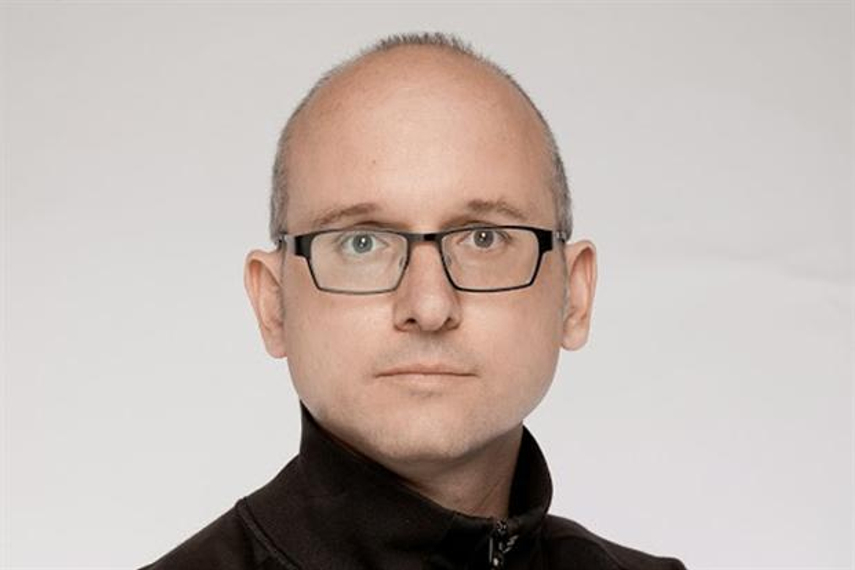
Speaking about the business and design process behind bringing new products to market, Scott Croyle, senior vice president of design at HTC, said: "When we see a brief, it is the design team's role to ask whether it fits the brand."
While a new product idea can provide satisfying results in terms of quick sales, he claimed designers must reflect on whether it "makes sense" in the context of a brand’s long term ambitions. "Designers should bring up the questions that makes sure a company stays true to its ethos," he added.
Croyle argued that ideas are "fragile in their very nature", and that the process to launch a new product is "a series of challenges and battles" within a business.
HTC purchased US design agency One & Co, of which Croyle was a partner, in 2008, and he become the brand’s design head in 2011. This enabled it to "create a global design organisation that the whole company could pivot around", claimed Croyle, with its top designers reporting straight into HTC’s chief executive, Peter Chou.
Shaping design
But consumers themselves are also shaping the design and products that are delivered to them in the market, Adrian van Hooydonk, senior vice president, design, at BMW Group, argued.
He said that customers, given the choice, "will go for the product that uses less energy and more recycled materials".
Van Hooydonk added: "Up until now, these products were not equally as attractive [as non-sustainable items]. That can be our role; to provide something the customer is attracted to."
BMW recently unveiled its first fully electric passenger vehicle, BMW i3. The model took five years to develop and the designers were responsible for creating a car that used less energy to physically build as well as to run, while incorporating ethical materials: the upholstery is made out of recycled PET bottles.
Van Hooydonk added that the "boundary between the customer and the designer is shifting rapidly," stating that many of BMW-owned Mini’s customers want to design the product themselves and that "we basically have to accept that".
Customer interaction
Watching the way that customers interact with a brand and experience a product is important to the overall design process too, said Microsoft’s Lee Schuneman.
Schuneman is the head of studio at the tech giant’s developer for entertainment across tablets, mobiles and TVs, Lift London.
He explained that, when considering the consumer’s user experience, it is "not just the team’s view" that is taken into account, but that Lift’s design teams "go into customers' homes and sit in their living rooms to find out how they experience a product," describing the resulting amount of data gathered as "huge".
However, Tom Bassett, founder and chief executive of Bassett & Partners, a brand and design strategy group, called the act of watching consumers a "luxury, if you can afford the time.
"If you can watch [consumers] then I think it pays off in spades, but it's hard to get bosses to fund it," he said.
The article first appeared on marketingmagazine.co.uk





.jpg&h=268&w=401&q=100&v=20250320&c=1)
.jpg&h=268&w=401&q=100&v=20250320&c=1)

.jpg&h=268&w=401&q=100&v=20250320&c=1)
